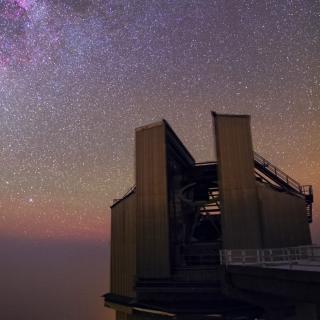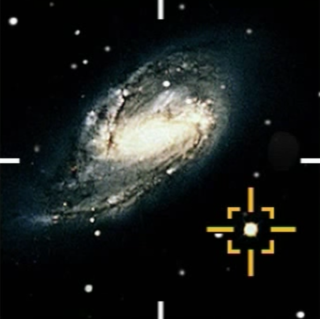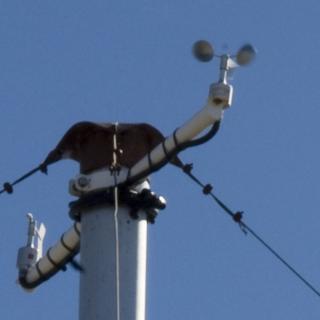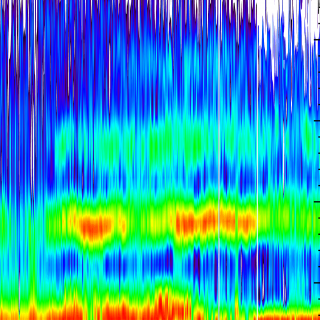
Atmospheric Extinction and Aerosol Optical Depth
Atmospheric extinction evaluates the transparency of the sky. It can be defined as the amount of light from an astronomical object that is scattered or absorbed by the Earth's atmosphere and not




